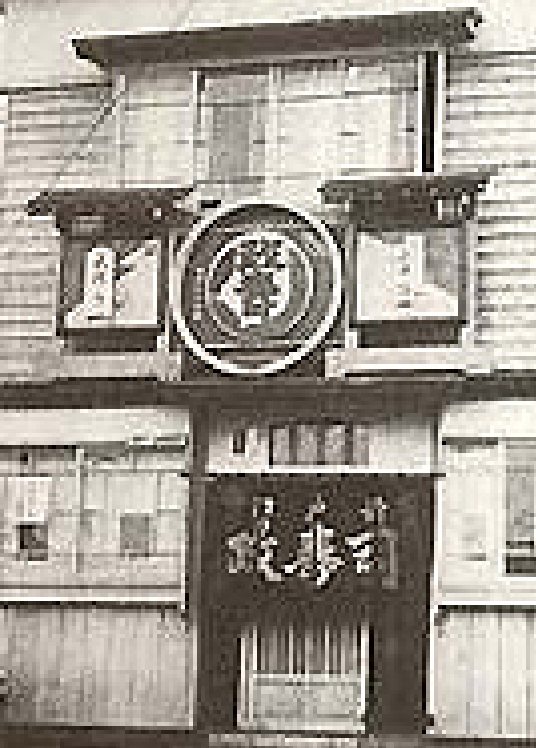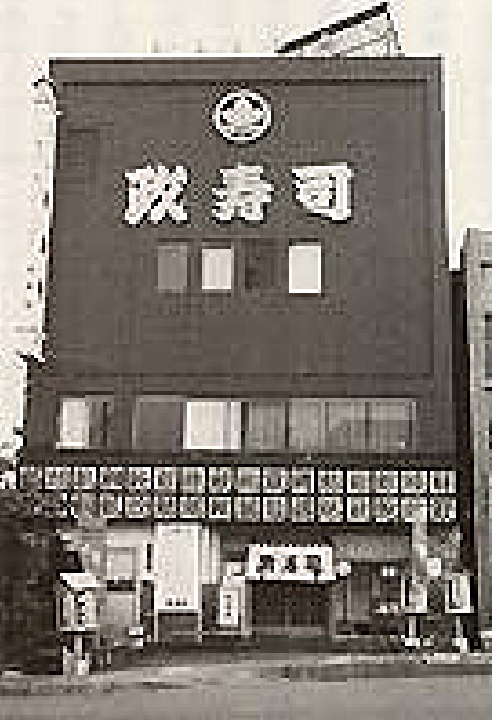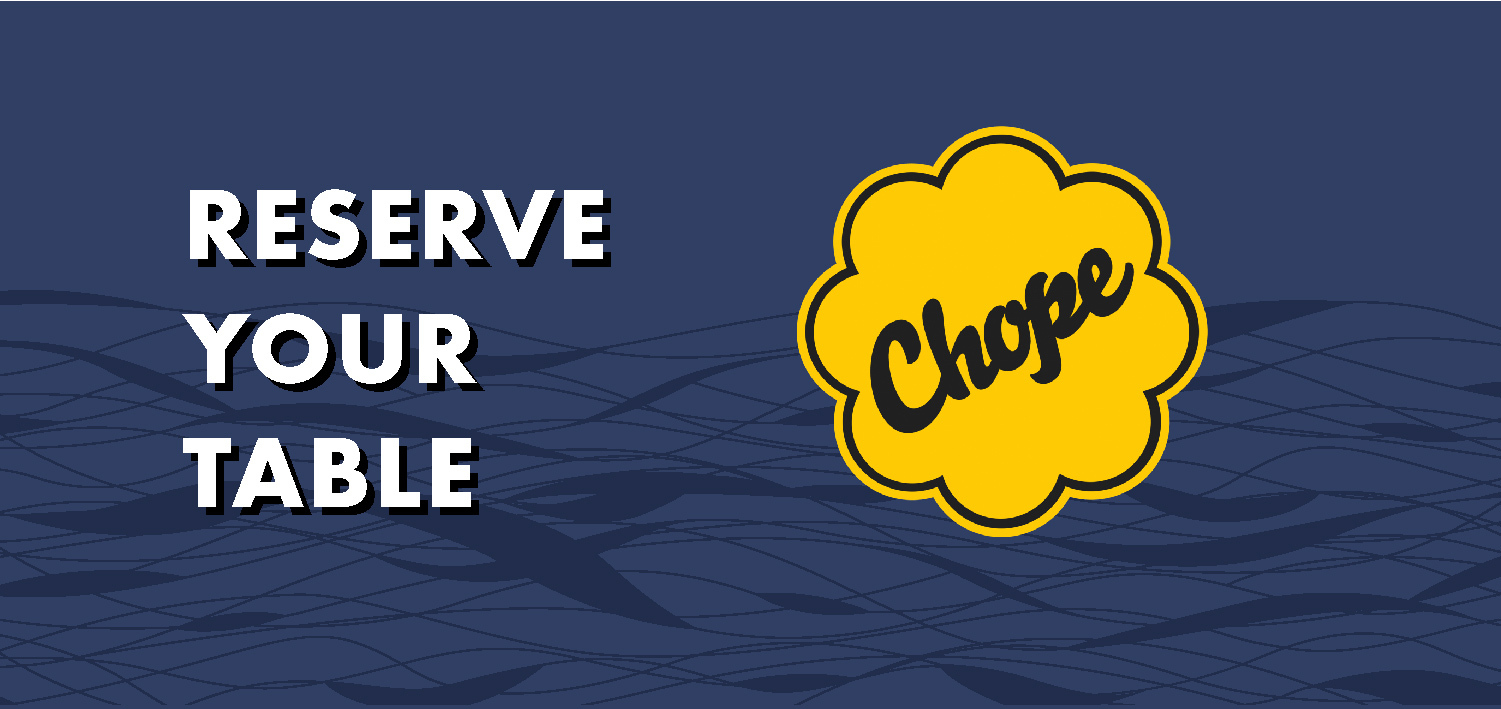MASA OMAKASE
政 おまかせ
4,500.-
PREMIUM OMAKASE
プレミアム おまかせ
6,000.-
NIGIRI OMAKASE
握り おまかせ
3,000.-
MINI OMAKASE
ミニ おまかせ
3,000.-
LUNCH
11:30–15:00
AZAMI
鮇
1,990.-
Crafting a Century-Long Sushi Legacy with the Northern Seas
Where Gastronomy Transcends into a World-Class Realm of Hospitality.
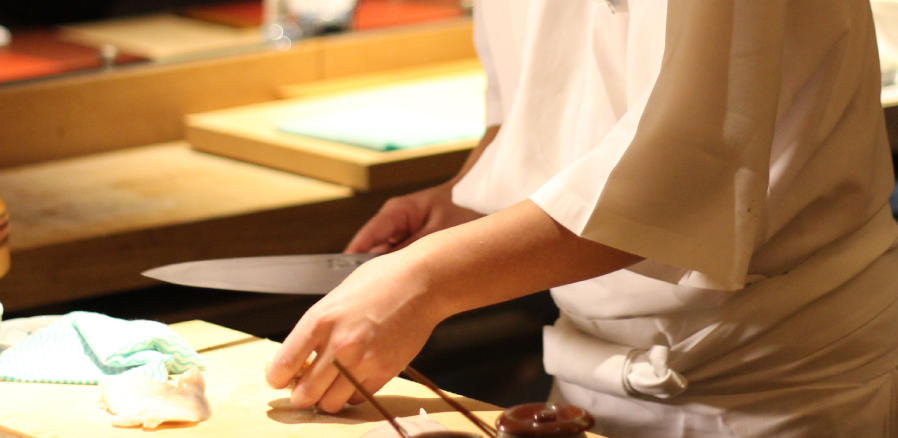
Masa's Commitment
MASA is the Hokkaido style sushi dining. MASAZUSHI
Thailand is the first oversea branch out of Japan. We have inherited and extended the spirit more than 80 years. The first branch is located in Otaru. We always selected the best and fresh ingredient from Hokkaido sea and we send this to Bangkok 4 time a weeks for our value customer can eat the best and fresh ingredient like you eat in the Hokkaido ![]() At MASA, you can enjoy the savory sushi dining as you were in Hokkaido and be impress by an elegant atmosphere, reminiscent of MASA's hometown-Otaru. Also, our valued customers' happiness is always our prime concern as the Japanese chefs provide the traditional sushi by the 80 year old technique that has been passed down from generation to generation, and the Japanese translator stand by to help you understand more about Hokkaido ingredients and communication with the chefs smoothly. We will preserve the integrity of Hokkaido concept and strive for customer
to be sure that "Hokkaido is here, at MASA". MASA arranges the splendid sushi by the best seasonal ingredient from Hokkaido. MASA sushi causes are as follow; Lunch course - Azami 1,990 Baht, Menu - Nigiri Omakase 3,000 Baht, Mini Omakase 3,000 Baht, Masa Omakase 4,500 Baht and Premium Omakase 6,000 Baht.
At MASA, you can enjoy the savory sushi dining as you were in Hokkaido and be impress by an elegant atmosphere, reminiscent of MASA's hometown-Otaru. Also, our valued customers' happiness is always our prime concern as the Japanese chefs provide the traditional sushi by the 80 year old technique that has been passed down from generation to generation, and the Japanese translator stand by to help you understand more about Hokkaido ingredients and communication with the chefs smoothly. We will preserve the integrity of Hokkaido concept and strive for customer
to be sure that "Hokkaido is here, at MASA". MASA arranges the splendid sushi by the best seasonal ingredient from Hokkaido. MASA sushi causes are as follow; Lunch course - Azami 1,990 Baht, Menu - Nigiri Omakase 3,000 Baht, Mini Omakase 3,000 Baht, Masa Omakase 4,500 Baht and Premium Omakase 6,000 Baht.
MASA is sushi dining where you can taste the real Otaru style sushi. As, Otaru Masazushi celebration is approaching we determine to keep developing with the concept; "One who continue constantly and sincerely will be professional, the professional lasts forever". We commited to serve the best sushi and impressive service .
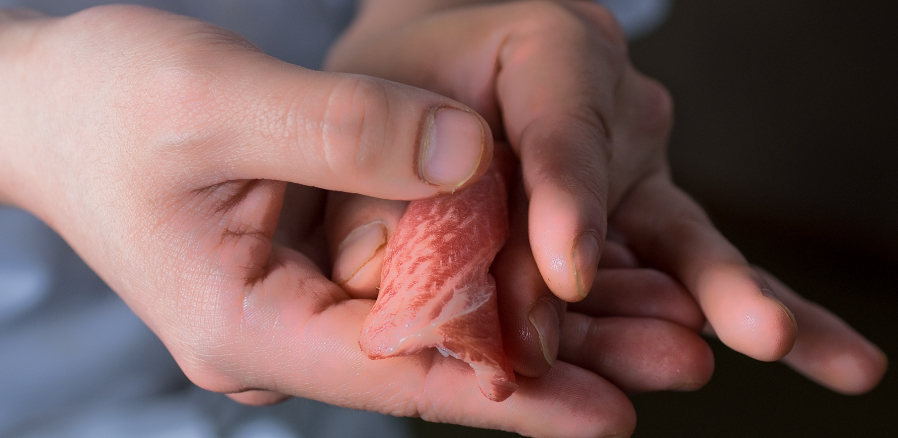
Greeting from owner chef
I was born and raised in Otaru. My father, who at that time was a president of the company, taught me to create sushi since I was a kid, sushi has been a part of my life. The heart of making sushi is not only making delicious ones but sushi consumption culture and the proper selection of seasonal ingredients are equally important. I am willing to strietly selected the best ingredient and serve the unique sushi which reflects the nature of Japan. My first step to the global stage is MASA at Siam Takashimaya. My first store outside Otaru were Shinjuku branch and Ginza branch which ever opened since 2010. In 2019, my goal of being in the global stage was accomplished by opening the sushi dining MASA, Bangkok branch. I also create happiness for customer around the world and with relavant people such as communities and society. My mission is to create a philosophy for "create deliciousness, develop people and create happiness" for over 80 years and i will continue to strive in this philosophy
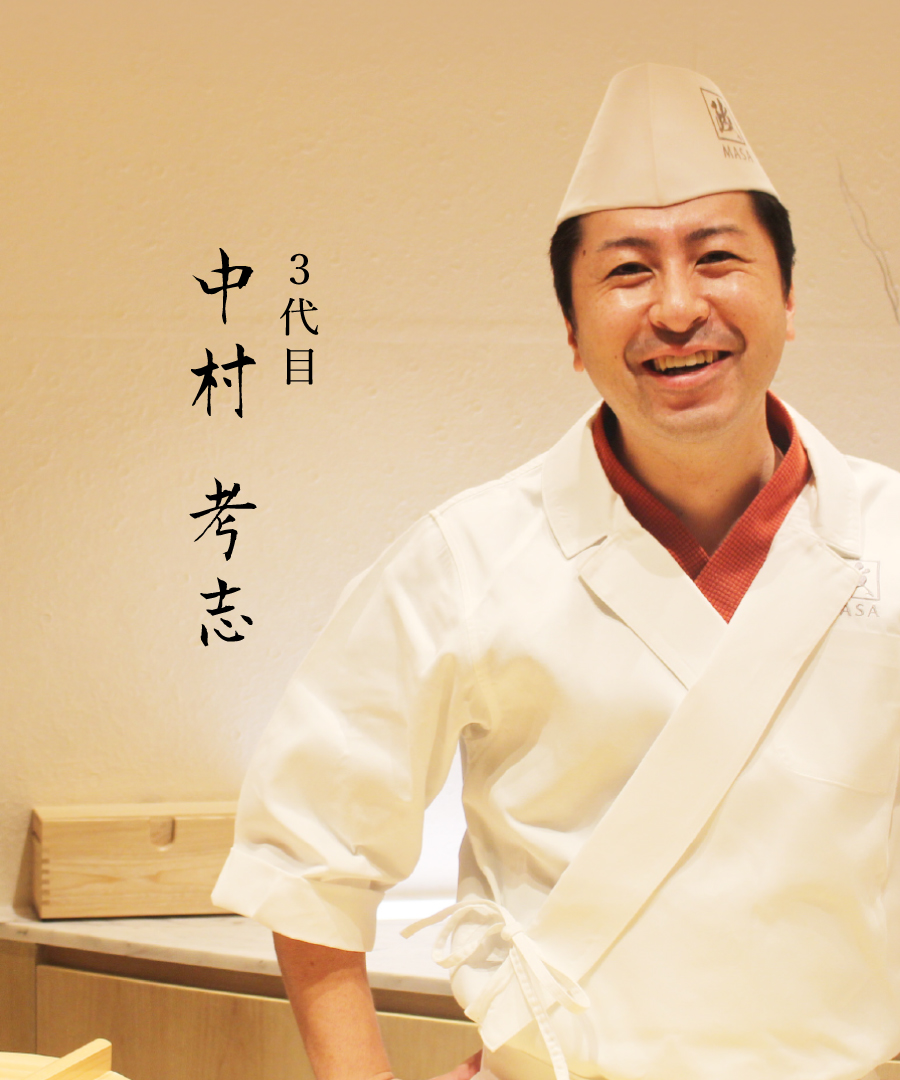
History
Menu
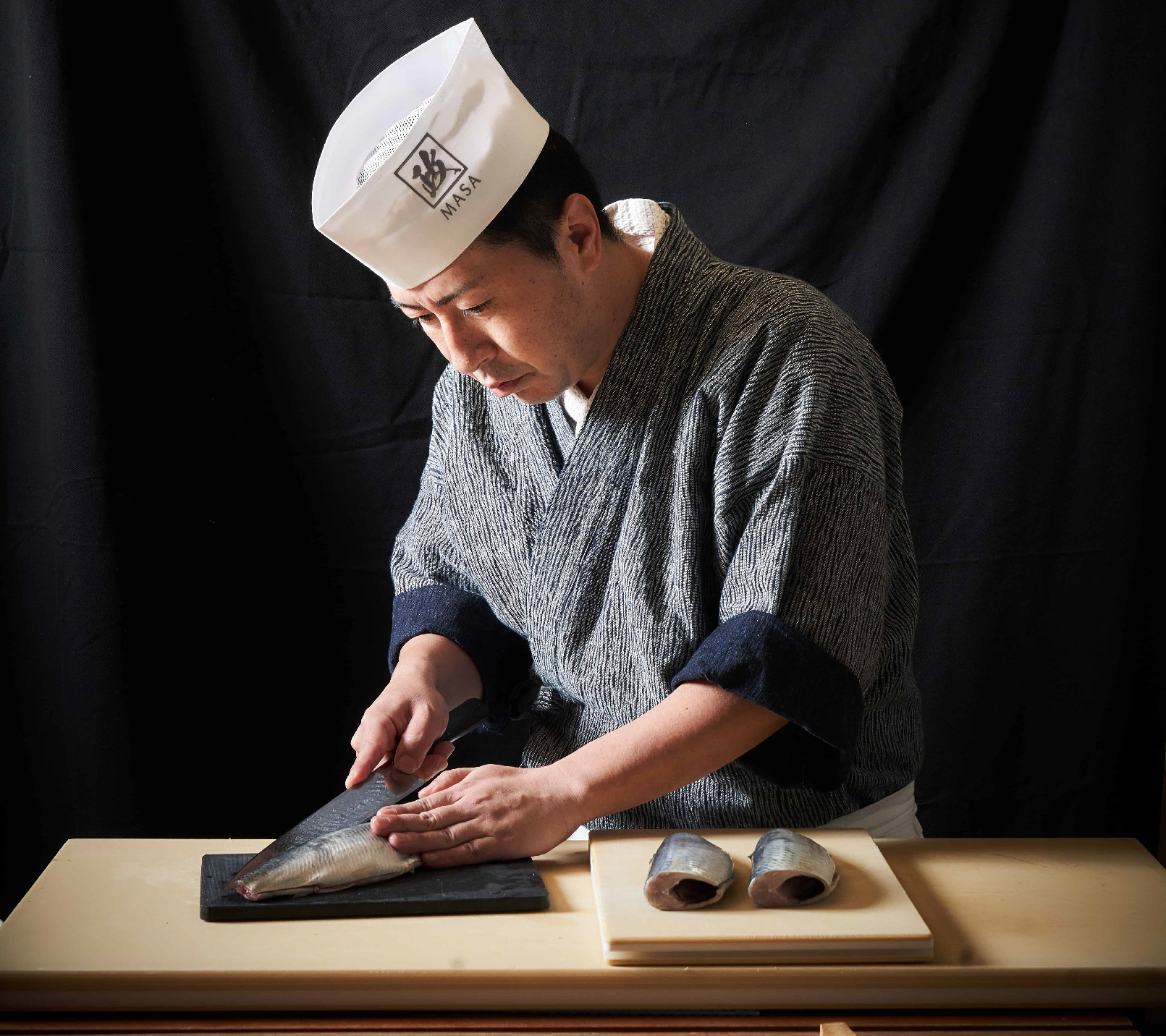

Lunch course
- AZAMI 1,990 THB
-
Azami or the flower call thistle mean satisfy
This course is for sushi lover
Including: Starter soup, Appetizer, 11 pieces of Sushi, Miso soup and dessert - Menu(PDF)
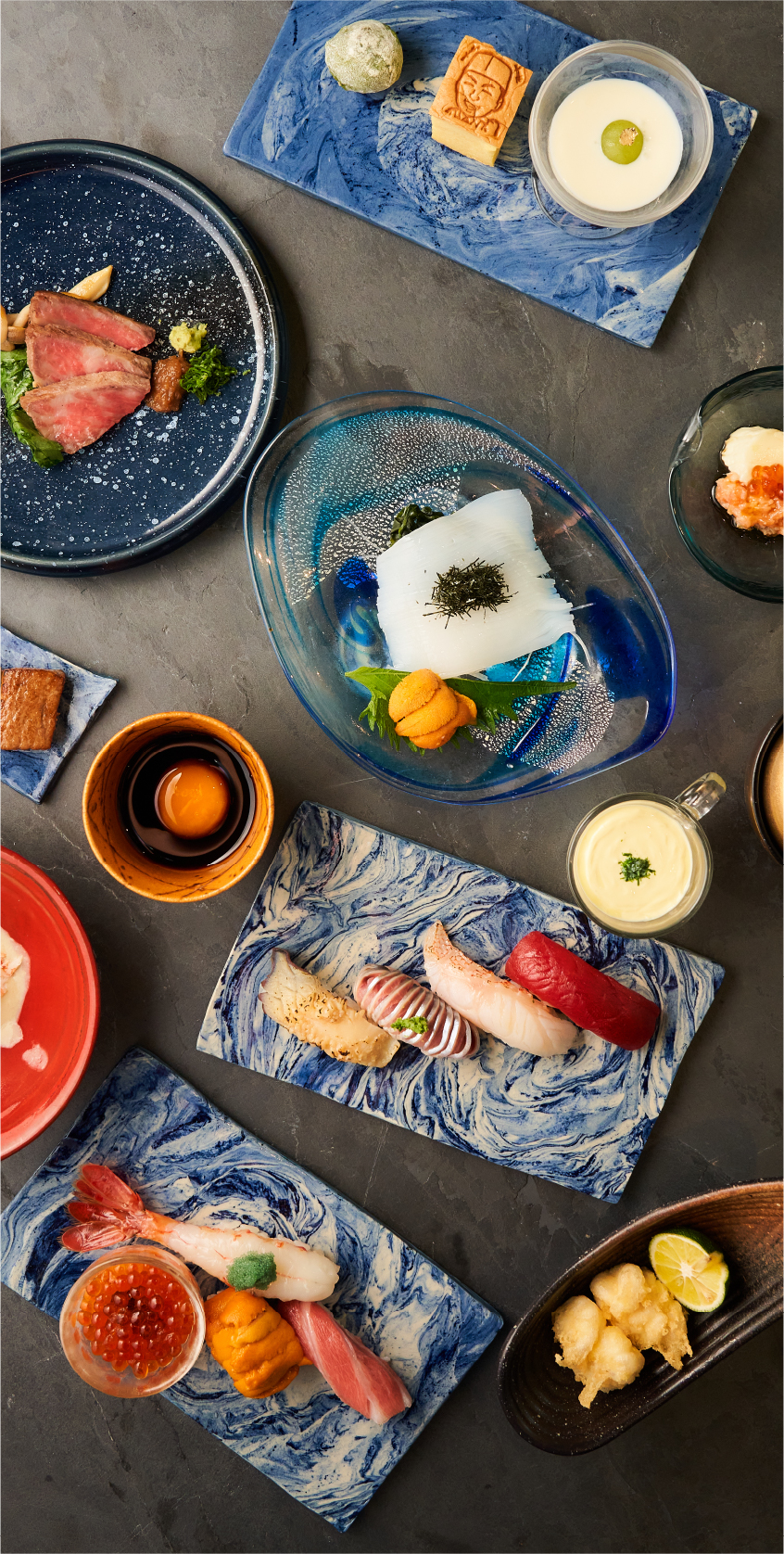
Main Course
-
MASA OMAKASE
4,500 THB -
You can taste the real Hokkaido in Bangkok.
You can enjoy the authentic taste of Hokkaido from more than 80 years by seasonal ingredients.
Including: Starter soup, 5-6 Appetizer , 10 pieces of Sushi, Miso soup, Dessert
-
Premium Omakase
6,000 THB -
You will enjoy dining of the best ingredients arranged by the best skill of our chef.
Every dishes contains the prime seasonal ingredients which import from the sea of Hokkaido. We quarantine the brand new of sushi dining you're never experienced before.
Including: Starter soup, 3 Appetizer, 8 pieces of Sushi, 3 kind of Sashimi, Donburi (small), Miso soup and Dessert
- Nigiri OMAKASE 3,000 THB
-
This course is for Nigiri sushi lover
Including: Starter soup, 1 Appetizer, 13 pieces of Sushi, Miso soup, Dessert - Menu(PDF)
- Mini OMAKASE 3,000 THB
-
You will enjoy a delicious of our selected ingredient from Hokkaido.
Including: Starter soup, 3 Appetizer, 7 pieces of Sushi, Miso soup, Dessert - Menu(PDF)

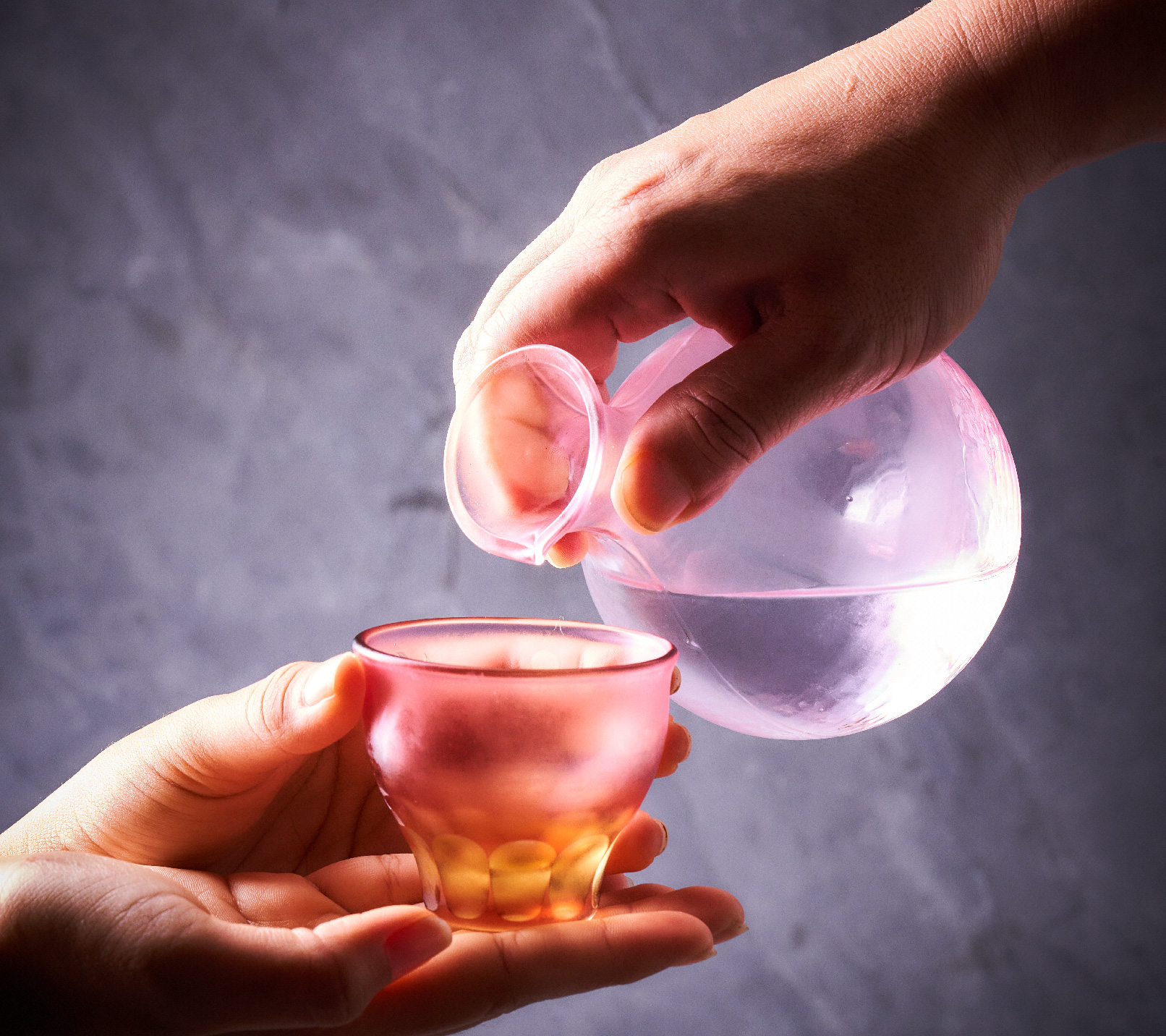

Recommended Beverages
- MASA provides various of beverages which match all dishes such as Japanese Sake, wine, champagne for you to choose your favorite ones.
- Menu(PDF)
How to enjoy with our MASA OMAKASE 4,500 THB
STARTER- Hokkaido seasonal Soup
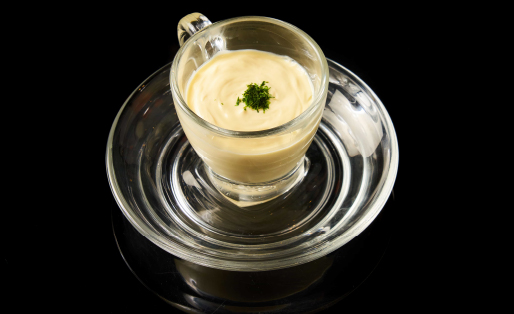
STARTER- Hokkaido seasonal Soup
Hairy crab Vichyssoise soup / Hotate Potage Du Barry / Shijimi in Dashi soup / Sea Urchin Chawanmushi
Warm soup before sushi dining warms the stomach, make sushi more flavorful, also supports the digest system.
Sushi 01
First Sushi: Herring or Nishin top with ginger and green onion
Second Sushi: White fish from Hokkaido (Hakkaku, Soi, Matsukawa Karei, Madara etc.)
Nishin are the fish that have the least smell when compared to the silver fish.
Also, only fresh Nishin can be eaten as sushi.
You can enjoy the texture and taste of white fish that grow in the cold water of Hokkaido.
Sushi 01
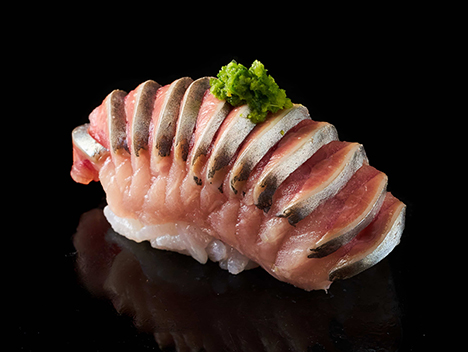
Our signature dish
Squid Noodle

Our signature dish
Squid Noodle
Ikasomen
This dish has been favor by Otaru people for over 30 years and is also a special dish for Otaru Masa Sushi. The way to eat is to put all the sea urchin in the sauce and stir it together, it will become Uni sauce. After that, put the squid into strips and dip in the sauce and eat.
Appetizer 01
Tofu cheese mixed with minced salmon, Nishin nabangsuke, Tartar sweet shrimp, Hotaru squid in miso sauce, anko cod liver, mandara marinated in kombu seaweed.
Mostly, this dish is Hokkaido local food that has ingredients that focus on 5 kinds of Japanese food.
Appetizer 01
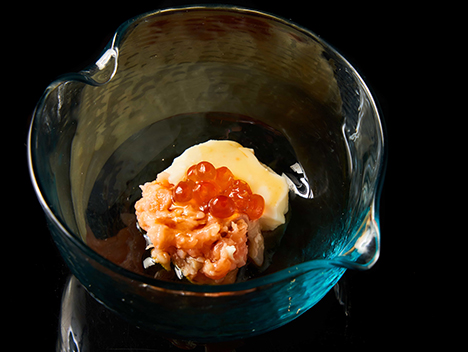
Sushi 02
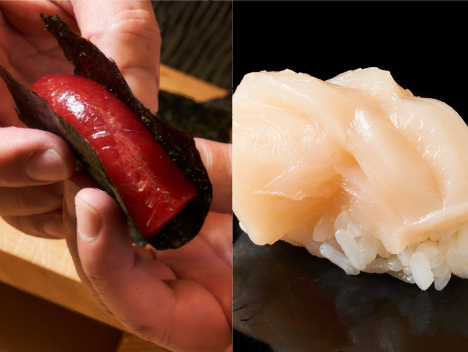
Sushi 02
Third sushi Lean Tuna Temaki
Fourth sushi Fresh scallops seasoned with soy sauce and grilled or Surf clam grilled on the outside and sprinkled with salt.
Chef will pickle lean tuna in the soy sauce for 2 minutes and wrap with the seaweed that have grilled on charcoal.
To season with soy sauce and grill fresh scallop is the proper way to sweeten and increase the aroma.
Sushi 02
Fifth Sushi: Big size Botan shrimp in cold water Sixth Sushi: rimp head of Botan shrimp
Botan shrimp are large and precious shrimp in Hokkaido. After acquired, it will be frozen immediately to preserve the freshness.
We would like to recommend this piece has the mellow flavor of the shrimp
Sushi 02
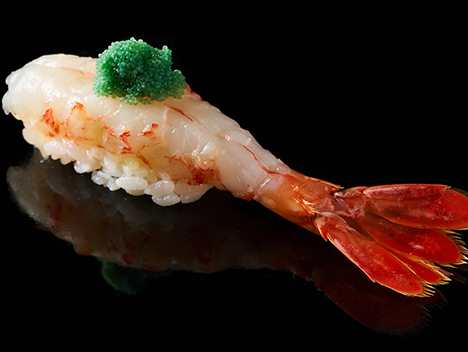
Appetizer 02
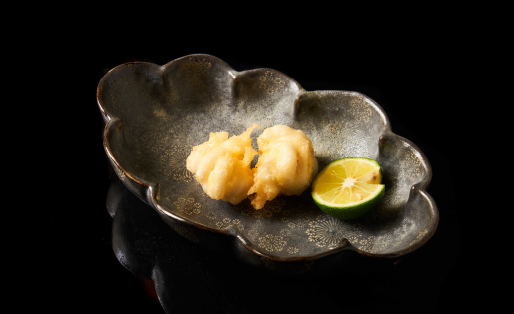
Appetizer 02
Boiled squid tentacles, Shirako tempura, Oysters in Olive oil, Fried Sakura shrimp and other hot dish.
Reheat your stomach and be prepared for the next dishes.
Ponzu dish
Tentacles of octopus in ponzu sauce, angko fish in ponzu sauce, katsuo in ponzu sauce
Enjoy seasonal ingredients with homemade ponzu sauce.
Ponzu dish
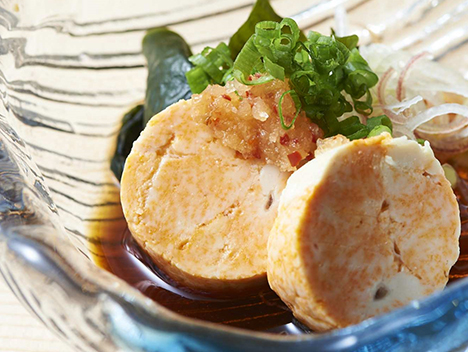
Sushi 03

Sushi 03
Seventh Sushi:Salmon roe marinated with soy sauce
Eighth Sushi:Sea Urchin in sea water sprinkled with salt
A special dish that has been carefully selected in late autumn and flavored with sake and soy sauce only. And there is also fresh, sea urchin that are soaked in sea water To preserve the freshness.
Special appetizerfrom Hokkaido
Maguro on skewers with spring onions, grilled beef, rosini, braised taraba crab, sautéed clam in butter
Highly recommended dish You will enjoy MASA's homemade special dishes.
Special appetizerfrom Hokkaido
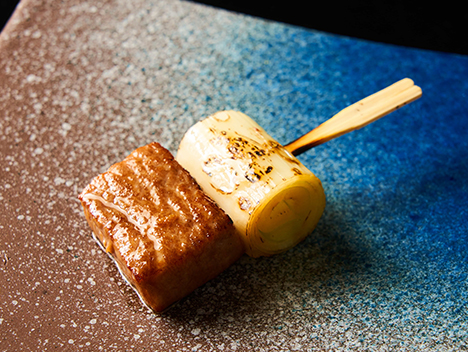
Sushi 04
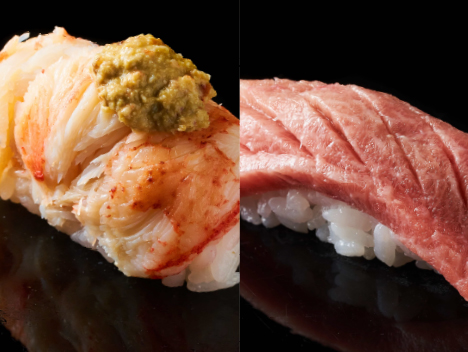
Sushi 04
Nineth sushi:Sushi hairy crab topped with crab sauce or abalone tempura tendon or sea eel with cucumber maki and shippo maki
Tenth sushi:Grilled fatty tuna
Last dish
-special miso soup-
Miso soup from fish, Hairy crab Miso soup, Seaweed Miso soup
The last course is miso soup. Considered as eating to close the course
Last dish-special miso soup-

Dessert

Dessert
Masa no Tamago
A fluffy castella egg baked at a low temperature.
Catarana Ice cream
Hokkaido sweets crispy pudding with crispy caramel
Monaga Matcha greentea ice cream
A Japanese-style dessert with charcoal-grilled and matcha ice cream sandwiched.
Homemade Blanc Mange and Shine Muscat
This made from Hokkaido milk serve with seasonal fruit
BRANCHES
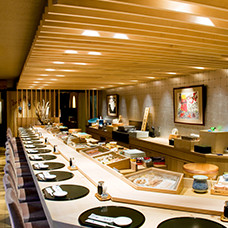
Otaru MASA Sushi
(Main Branch)
1 Chome-1-1 Hanazono,
Otaru, Hokkaido
(Sushiya Dori)
Tel. (0134) 23-0011
masazushi.co.jp

Otaru MASA Sushi Zenan
1 Chome-2-1 Ironai,
Otaru,Hokkaido 047-0031
Tel. (0134) 22-0011
masazushi.co.jp
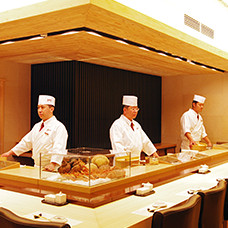
Otaru MASA Sushi Ginza
Tokyo, Chūō, Ginza,
1 Chome-7-7 POLA Ginza
Building 10F
Tel. 03-3562-7711
masazushi-ginza.com
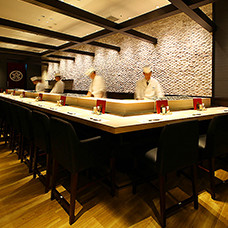
Otaru MASA Sushi Shinjuku
Tokyo, Shibuya,
Sendagaya 5-24-2
Takashimaya Times Square 14F
Tel. 03-5361-1937
masazushi-shinjuku.com
Gallery
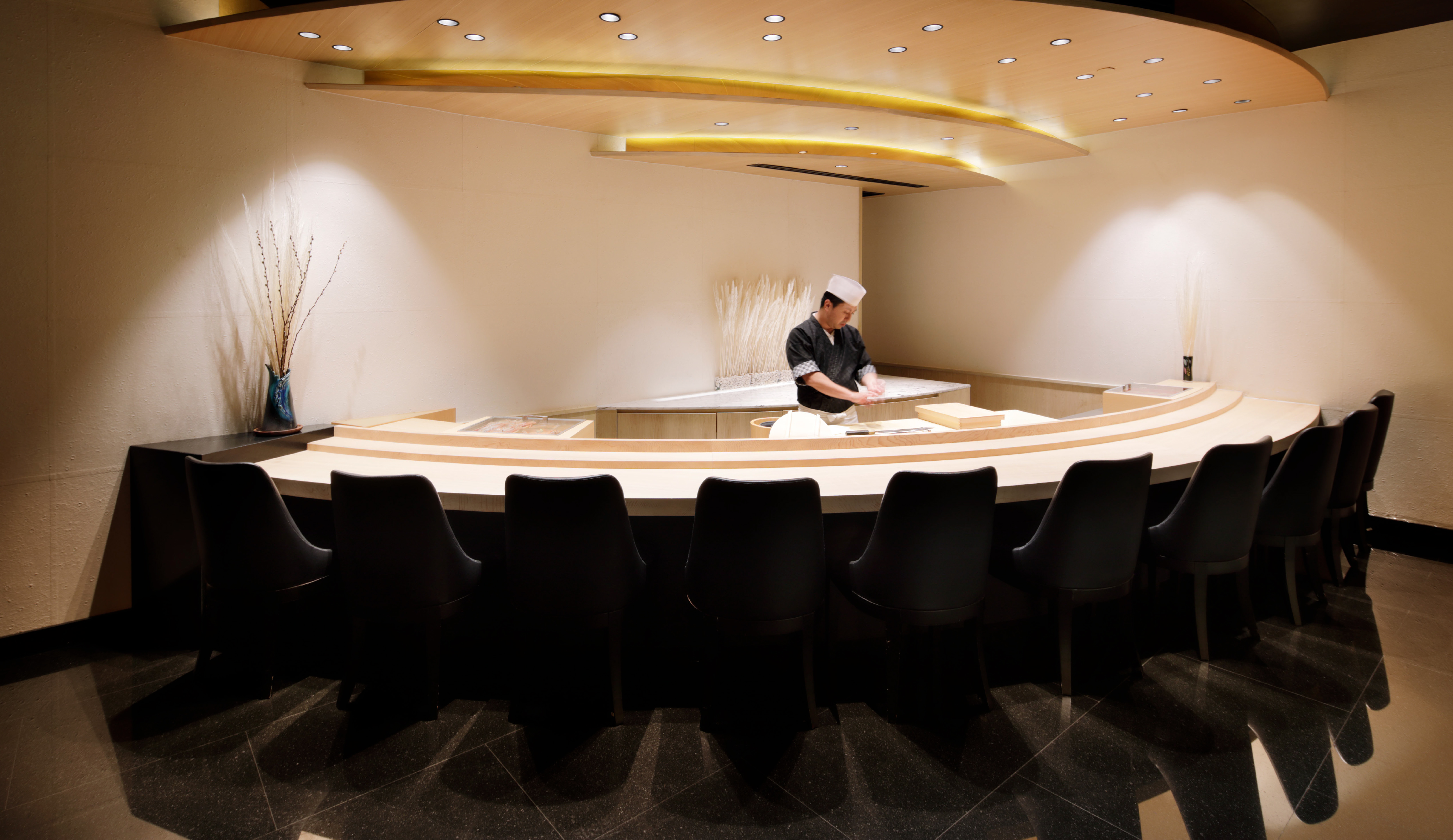
MASA decorates the shop walls with stones from Hokkaido.The counter are made from Hinoki cypress tree, the seat made with real leather from Japan. Create warmth in the private room with soft light from glass chandelier which is specially blown by the craftsmen of Otaru. In addition, the carved panels will fascinate and bring you to experience the atmosphere of Otaru city. With the pattern above like a falling snowdrop. The lower part is like the waves that surround Otaru.
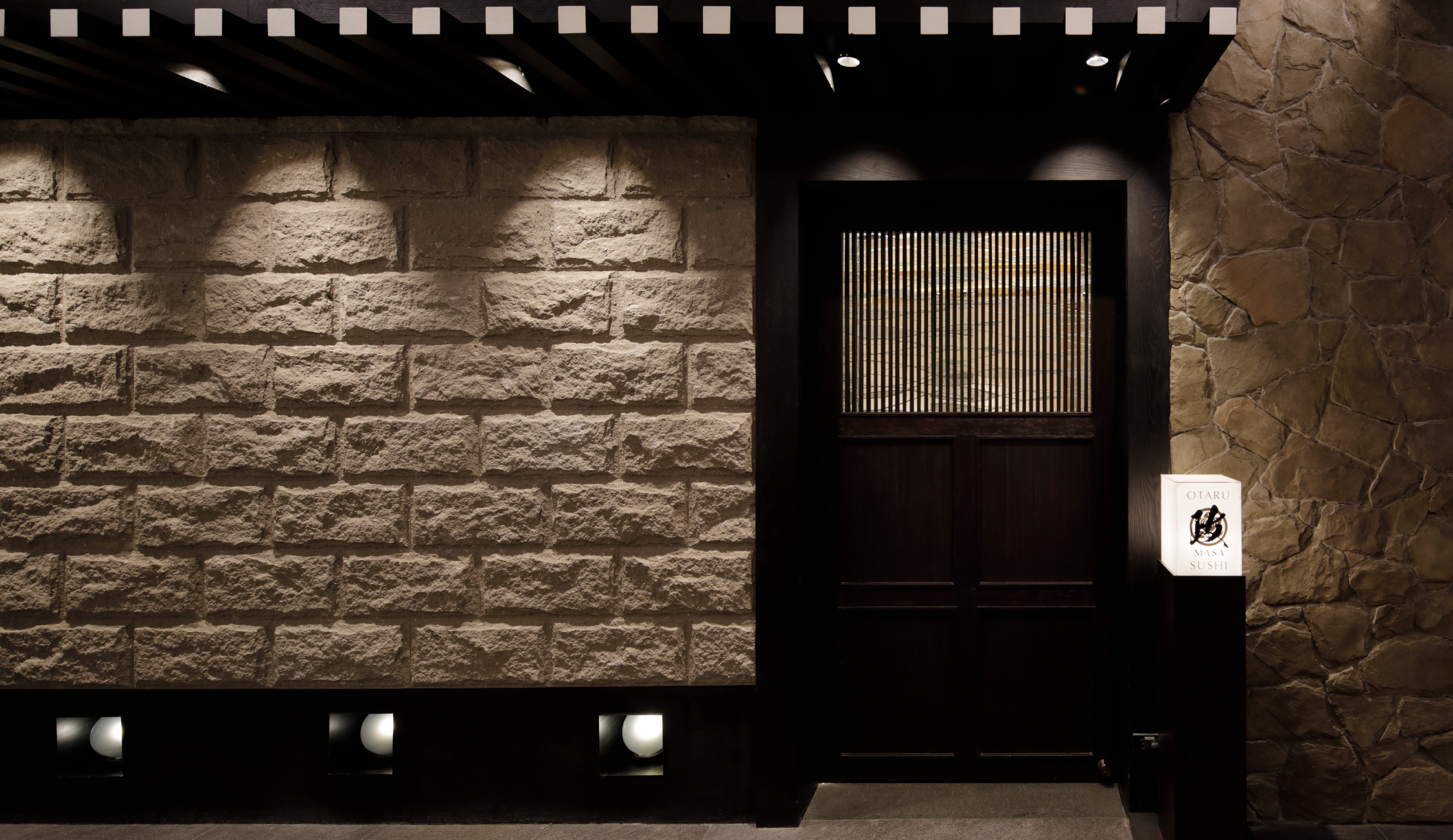
As you step inside MASA, you will find a wooden entrance inspired by the Otaru warehouse. And the light on the walkway modeled from snow candles in "Otaru Snow Light Road Festival, MASA is proud and pleased to provide an experience for all to enjoy authentic Hokkaido sushi. Also experience Otaru city in Bangkok only at MASA.

Access
MASA -Otaru Masazushi Bangkok-
4th Floor,Siam Takashimaya(ICON SIAM)
299 Charoen Nakhon 5 Alley, Khwaeng Khlong Ton Sai, Khet Khlong San,
Krung Thep Maha Nakhon 10600

Reservation Policy
・ 1,000 Baht /person - Deposit is required upon your reservation.
・ 50% of total amount - Deposit is required for 10 seats or more upon your reservation.
・ Please tell us the allergy information if you have.
・ Guests arriving more than 30 minutes late will be viewed as a no-show and a 100% charge will be applied.
・ For foreigners contacting us from overseas, please make your reservation and deposit via our website :
https://www.masazushi.co.th
* The system will charge transaction fee 4% of deposit amount; for example 1 person will be charged 1,040 baht
Cancellation Policy
・ We charge 4% of total amount transaction fee for every cancellation.
・ Also, no refund will be given if no-show or reservation get cancelled less than 24 hours of the reservation date
Corkage Policy
・ Wine sake and other types of liquor, which are not listed on our drink menu, are permitted.
・ The fee is 1,000 baht per bottle for 750ml or less.
・ The size larger than 750ml fee is 1,500 baht per bottle.




